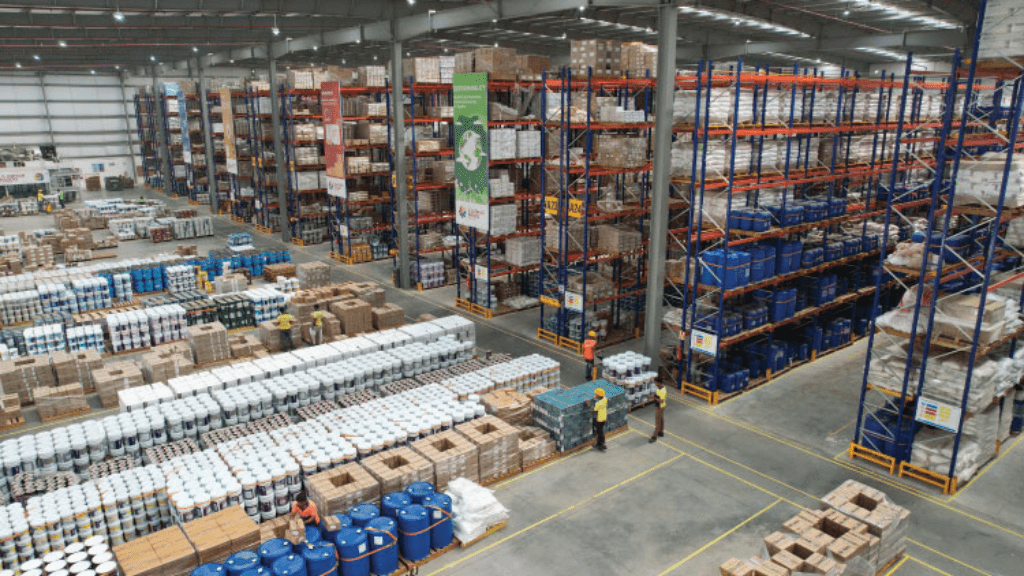Key Considerations for Selecting the Ideal Transportation Mode for Freight Movement

Freight transportation is an essential aspect of global trade and commerce, as it enables the movement of goods across long distances and diverse terrains. For businesses, selecting the appropriate transportation mode is vital to ensure efficiency and competitiveness. This guide provides insights into the key aspects that influence the decision-making process when selecting the best mode of freight transportation.
1. Cost Efficiency
Cost is an important consideration in freight transportation. Consider the following aspects:
- Freight Rates: Compare rates for several modes of transportation, including road, rail, sea, and air, to determine the most cost-effective alternative.
- Operating Costs: Evaluate the fuel, labour, maintenance, and administrative expenses associated with each mode of transportation.
- Hidden Costs: It’s important to look beyond direct expenses and consider other factors such as delays, inventory holding costs, and insurance.
2. Transit Time
Efficient movement of goods is crucial and depends on transit time. Therefore, it is essential to pay attention to the following factors:
- Speed: Air freight is the fastest, followed by rail and road. While sea freight may offer slower transit times, it often proves to be cost-effective for large shipments. It is important to recognize the varying speeds of transportation modes.
- Lead Time: You should consider production schedules, customer demand, and seasonal variations to align transit times with operational requirements. This will enable you to make sure your shipments arrive on time.
- Just-in-Time (JIT): If you are working with just-in-time supply chains, you need shorter transit times. Therefore, it is important to prioritise transportation modes that can meet stringent time constraints.
3. Reliability and Safety
Ensuring reliability and safety is crucial for maintaining smooth operations and keeping customers satisfied. To achieve this, you should consider the following factors:
- Consistency: Evaluate the track record of carriers to determine their reliability in delivering goods on schedule.
- Safety Records: Prioritise safety measures to minimise the risk of damage, loss, or accidents during transit.
- Contingency Plans: Establish robust contingency plans to address unexpected disruptions and ensure business continuity.
4. Capacity and Scalability
It is crucial to prioritise scalability when managing business growth and varying demand. To achieve this, you should consider the following factors:
- Capacity: Evaluate the transportation mode’s ability to efficiently handle different cargo volumes.
- Flexibility: Look for transportation solutions that can quickly adapt to changes in demand, ensuring optimal resource utilisation.
- Intermodal Options: Consider integrating multiple transportation modes to enhance capacity utilisation and operational flexibility.
5. Environmental Impact
Sustainable transportation practices can benefit both businesses and the environment:
- Emissions:One way to lessen environmental impact is to choose transportation modes with lower CO2 emissions and prioritise eco-friendly alternatives over conventional ones.
- Alternative Fuels: Another way is to embrace innovations in electric, hybrid, or biofuel-powered vehicles to reduce reliance on fossil fuels and curb carbon emissions.
- Carbon Footprint: It’s also important to calculate and minimise the carbon footprint of your supply chain operations to align with sustainability goals and regulatory requirements.
How LP Logiscience is Revolutionising the Warehousing Industry
LP Logiscience is a transportation service provider that offers tailored transportation solutions to businesses across industries. They leverage cutting-edge technology and a vast network of logistics partners to optimise freight transportation strategies. LP Logiscience has a track record of reliability, safety, and efficiency, making it a trusted business partner. They are committed to delivering unparalleled value and driving business success in the ever-evolving landscape of global logistics.
Conclusion
Selecting the right mode of transportation requires balancing multiple factors, including specific needs, industry requirements, and long-term goals. Remember that there is no one-size-fits-all solution, and it is important to regularly review your transportation strategy to remain competitive in an ever-evolving market.
